The 9 whetū (stars) of Matariki
Each of the whetū (stars) in the cluster is intrinsically connected, and they’re individually named and defined with a purpose. Read more about each star in the Matariki cluster below.
Matariki
The first star Matariki is known as the mother of the eight stars in the constellation. Matariki is connected to health and wellbeing and is often viewed as a sign of good fortune or health to come in the following year. If the cluster and the Matariki star is bright and high in the sky, it is a signal of wellbeing, peace, and good luck for observers.
You can look upon this star to set your intentions of prioritizing your health and wellbeing. This could mean considering joining a gym or taking up mindful practices such as meditation.
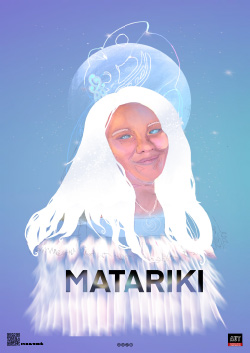
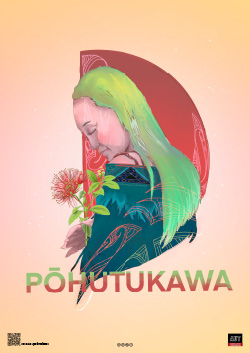
Pōhutukawa
The second star is Pōhutukawa, which is connected to the dead and those who have passed away in the past year. Māori belief covers that the spirit leaves the body when a person dies, and then journeys along the pathway of spirits known as Te Ara Wairua. This journey ends at the tip of the North Island at Te Rerenga Wairua where an ancient Pōhutukawa tree stands on a rocky ledge towards the ocean. The spirits then descend the aka (root) of the tree entering the underworld.
You can look upon this star in reflection and remembrance of loved ones who have passed.
Tupuānuku
The third star is Tupuānuku which is associated with food grown in the ground. This star is looked upon during the month of May to indicate that the summer harvest has ended, and winter is near.
You can look upon this star and set an intention to get out into your vege garden. June is a great time to plant winter vegetables such as spinach, silver beet, lettuce, onions, and peas. Homegrown kai that can be shared with whānau and friends.
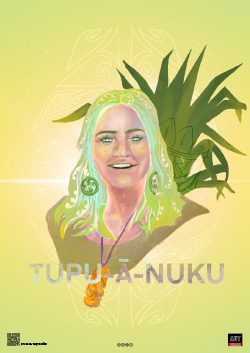
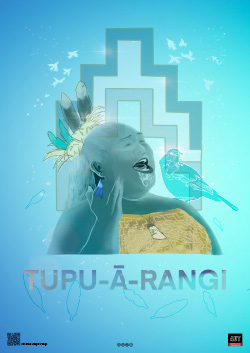
Tupuārangi
The fourth star is Tupuārangi which is associated with food that comes from the sky and is linked to birds. Traditionally kererū were harvested around this time. It is also connected to the harvesting of elevated foods such as berries and fruits.
Look upon this star to find inspiration for your five plus a day. Winter berries and fruits can be harvested around this time. Such as kiwifruit, fejoia, lemons, limes, oranges, mandarins, and passionfruit. Try collecting this fresh kai and sharing with your community, whānau and friends.
Waitī
The fifth star is Waitī which is connected to fresh water and living creatures in the rivers, streams, and lakes.
You can look upon this star is recognition and appreciation of our fresh waters in Aotearoa. It is a great time to set intentions to help preserve our freshwater ways, such as not wasting water or joining community stream cleaning events.
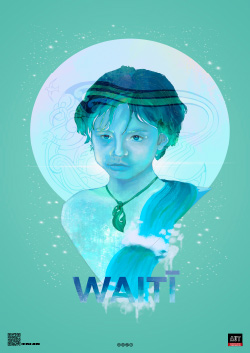

Waitā
The sixth star is Waitā (twin of Waitī) which is associated with the ocean and represents food gathered from the sea. This star is also significant for its influences over tides and floodwaters.
You can look upon this star to set intentions of protecting our salt waters and living creatures within. This can involve practicing environmentally sustainable practices such as conserving water, reducing waste and fishing responsibly.
Waipuna-ā-rangi
The seventh star is Waipuna-ā-rangi which is connected to the rain. The name itself means "water that pools in the sky".
You can look upon this star in reflection and recognition of how vital fresh rainfall is to life on earth.
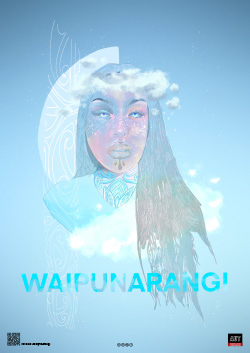
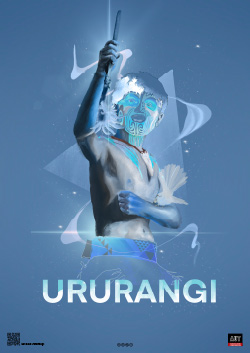
Ururangi
The eighth star is Ururangi which is connected to the wind. The name means "the winds of the sky". Traditionally used to forecast the nature of the wind for the year to come.
Hiwa-i-te-rangi
The final star is hiwa-i-te-rangi which is connected to the promise of a prosperous season. It is also known as the wishing star. Māori traditionally would use this star to set their desires and dreams for the year, commonly known now as New Year’s resolutions.
You can look upon this star to set goals and resolutions for the year to come.
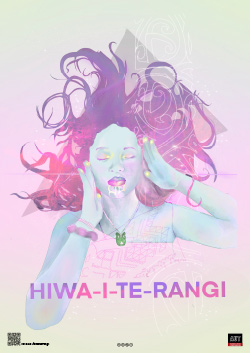
References
The artwork featured on this page for each Matariki star was created by AUT visual arts students Tohu Harris (Ngāpuhi) and Hope Korewha (Ngāpuhi).
Matariki art resource pack
Download this year’s Matariki images, created by AUT visual arts students Tohu Harris and Hope Korewha, or colouring-in sheets created by Te Awanui A Rangi Teresa Clark.
Astronomy in Māori culture
Astronomy is historically and culturally significant in Māori culture. Experts studied many astronomical events such as the rising of stars, phases of the moon, movement of planets, constellations, and arrival of comets.
They noted them down, as well as directly relating them to physical and seasonal changes to the whenua (land), moana (ocean) and to the lakes and awa (rivers). Tohunga kōkōrangi (expert astronomers) also used the Matariki stars to guide and navigate crews of waka voyagers across the Pacific Ocean.
